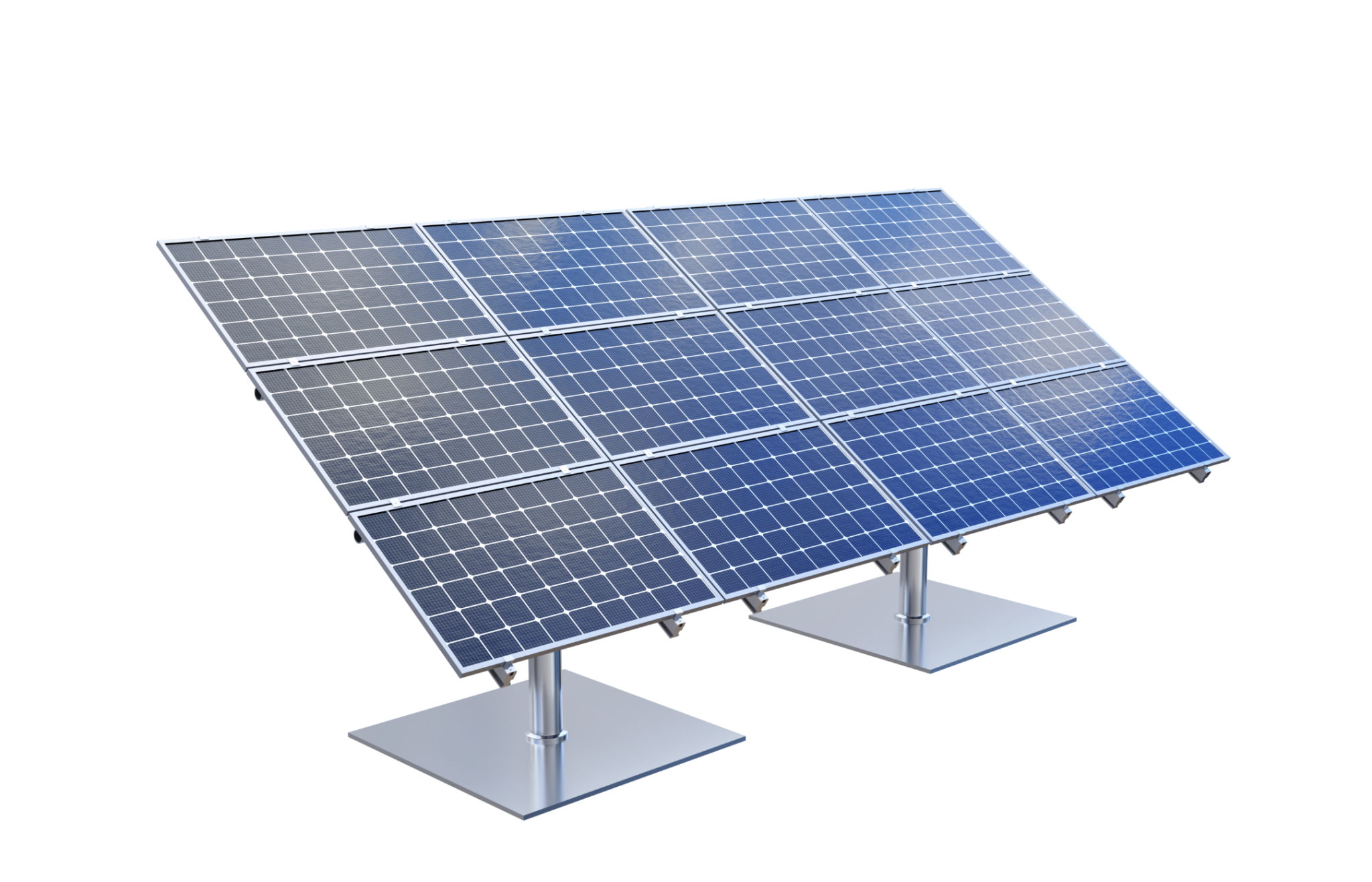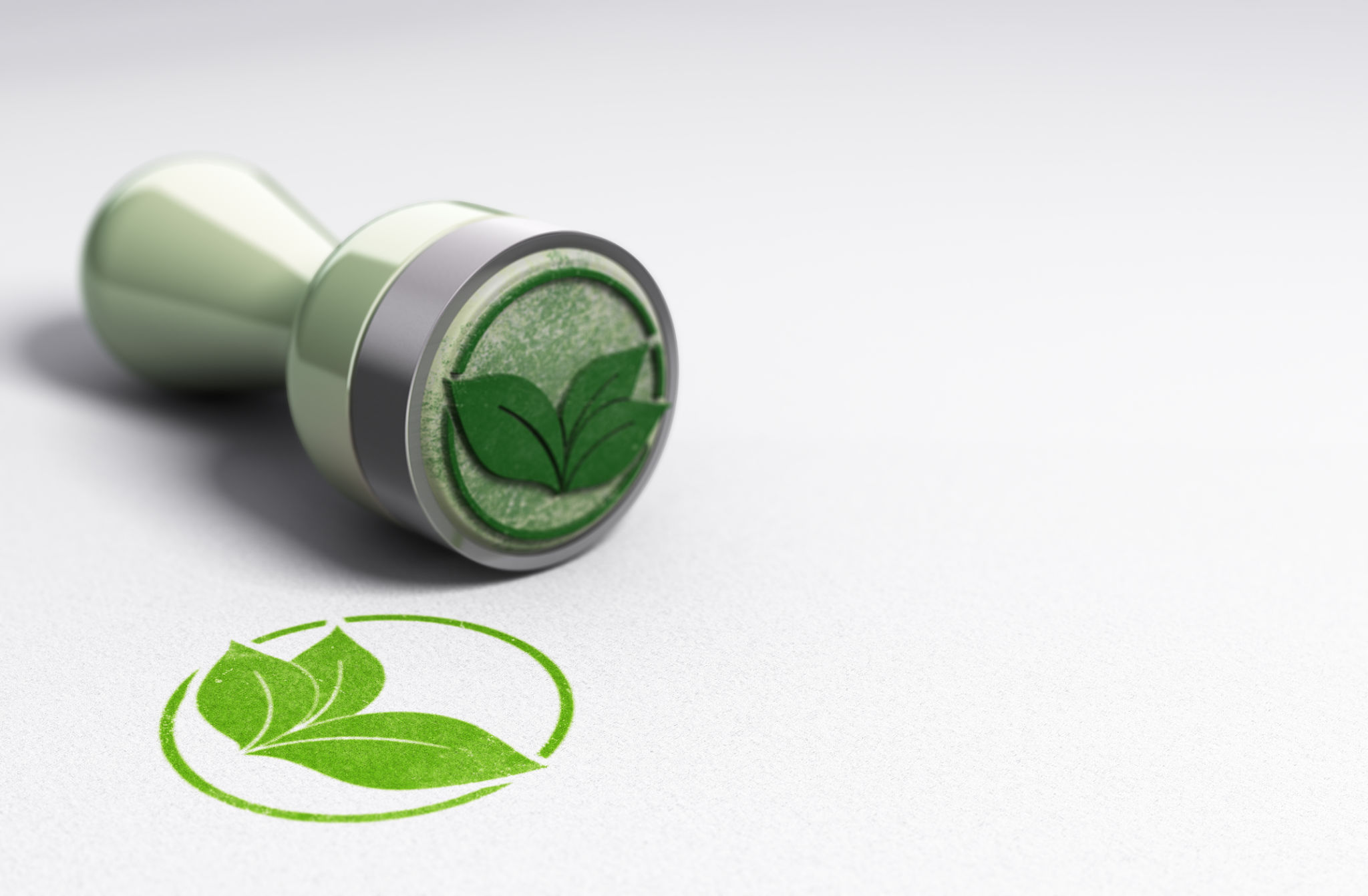Eco-Friendly Home Building: A Comprehensive Guide for Oregon Residents
Building an eco-friendly home in Oregon is not just about reducing your carbon footprint; it's about embracing a sustainable lifestyle that benefits both you and the environment. As more homeowners seek to minimize their environmental impact, understanding the essentials of green building has become increasingly important.

Understanding Eco-Friendly Building Materials
One of the first steps in constructing an eco-friendly home is selecting the right materials. Opt for sustainable resources such as bamboo, reclaimed wood, and recycled metal. These materials not only reduce waste but also promote energy efficiency. Furthermore, locally sourced materials can significantly decrease transportation emissions, making them an excellent choice for environmentally conscious builders.
In addition to these materials, consider using non-toxic paints and finishes. These products improve indoor air quality by reducing harmful volatile organic compounds (VOCs), ensuring a healthier living space for you and your family.
Energy-Efficient Design and Technology
Incorporating energy-efficient designs is crucial for sustainable home building. Start by maximizing natural light through strategically placed windows and skylights. This reduces the need for artificial lighting, cutting down on electricity usage. Additionally, installing energy-efficient appliances and LED lighting can further decrease your home's energy consumption.

Consider integrating renewable energy sources such as solar panels or geothermal heating systems. These technologies not only lower utility bills but also contribute to a greener environment by reducing reliance on fossil fuels.
Water Conservation Strategies
Water conservation is another essential aspect of eco-friendly home building. Implementing low-flow fixtures and dual-flush toilets can significantly reduce water usage. Rainwater harvesting systems are also a great way to collect and reuse water for landscaping or non-potable uses, conserving this precious resource.
Landscaping for Sustainability
When planning your home's landscape, choose native plants that require minimal water and maintenance. This not only preserves local biodiversity but also reduces the need for chemical fertilizers and pesticides, making your garden more eco-friendly.

Insulation and Ventilation
Proper insulation is key to maintaining a comfortable indoor temperature while minimizing energy consumption. Opt for high-quality, eco-friendly insulation materials such as cellulose or sheep's wool. These materials provide excellent thermal performance while being kind to the environment.
Moreover, ensure that your home has adequate ventilation to promote healthy air circulation. Energy recovery ventilators (ERVs) or heat recovery ventilators (HRVs) can efficiently exchange indoor and outdoor air, maintaining air quality without significant energy loss.
The Benefits of Green Certifications
For those committed to sustainable building practices, pursuing green certifications like LEED or ENERGY STAR can be beneficial. These certifications provide guidelines and benchmarks for eco-friendly construction, ensuring that your home meets high environmental standards.
Not only do certified homes often have higher resale values, but they also offer long-term savings through reduced energy and water costs, making them an attractive investment.

Conclusion
Building an eco-friendly home in Oregon requires thoughtful planning and consideration of sustainable practices. By utilizing eco-conscious materials, integrating energy-efficient technologies, and prioritizing water conservation, you can create a home that is both environmentally responsible and cost-effective. Embrace the principles of green building to contribute to a healthier planet while enjoying the numerous benefits of sustainable living.